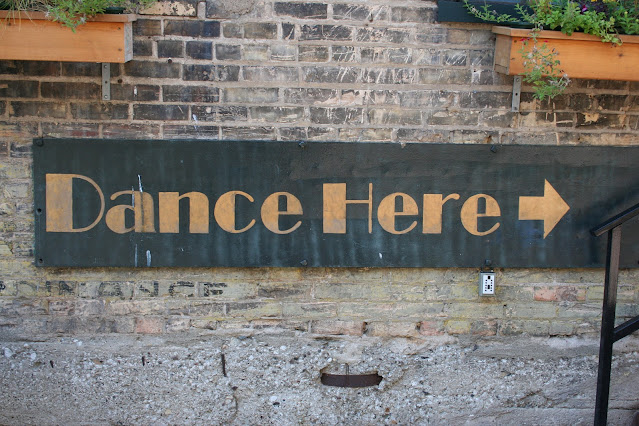‘Towards evening, when the great shadow of the Palladian villa filled the terrace, Count Axel left his library and walked down the wide rococo steps along the time flowers.’
These are the first words I ever read by JG Ballard. They’re the opening of ‘The Garden of Time,’ a short story which I read in Introducing SF: A Science Fiction Anthology, edited by Brian W Aldiss, published by Faber. I was 12 or 13 years old at the time and it would be at least a decade before I read anything else by Ballard but it stayed with me, and when I read Crash and The Atrocity Exhibition, it suddenly clicked, oh OK, these are by THAT guy.
There’s a certain amount of walking in ‘The Garden of Time.’ The Count and has a lovely harpsichord-playing wife strolling about the grounds, while beyond the estate’s wall there’s an undulating plain across which a great rabble is advancing on the villa. The Count walks among the ‘time flowers,’ plucks one of them and the mob is magically sent back to the horizon ‘in a reversal of time.’ But the mob is getting nearer, the time flowers are withering, and (spoiler alert) those darned working classes triumph.
The story has been on my mind, and a few other people’s too I’m sure, since the Met featured a Garden of Time themed 2024 Gala. Judging by the outfits I think it’s just possible that not all the guests sat down and assiduously studied their Ballard before making their fashion choices.
Although possibly Johnny Depp did.
However, the fact is that time gardens or gardens of time are more common than you might expect. Of course all gardens are time-based, things grow and thrive and then do or don’t die. No surprises there.
There’s a Time Garden in Charles Jencks’ Cosmic House, in Holland Park. designed by Jencks’s wife Maggie Keswick. I have actually walked there, briefly. At the rear of the garden is a mirrored door marked The Future. You look into it and you see yourself in the present. I love that.
At Colchester General Hospital there is a Time Garden, visible behind closed windows and locked doors, only accessible to a few terminally-ill patients who can spend time there with their loved ones while they still, briefly, can. There’s no Palladian villa but there is a kind of long cabin. I’ve never known how and on what basis patients get chosen to occupy the cabin.
I never imagined that Ballard was much of a gardener, and in his memorial essay Michael Moorcock says that Ballard’s back garden ‘served as a pit in which he burnt review copies,’ which seems Ballardian in way, but also sometimes it was a ‘jungle of sunflowers,’ which sounds less so, unless they were killer sunflowers. Here’s a photograph of the man himself, in his garden, by John Lawrence.

























































